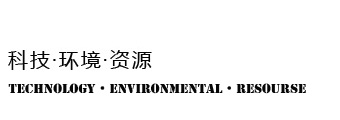How to recycle waste circuit boards
With the industrialisation of PCB processing, the scale, and the widespread use of electronic products, human society produces and manufactures more and more electronic waste in its production and living activities.
Waste PCBs contain lead, mercury, hexavalent chromium and other heavy metals, if discarded at will, and, PCBs also contain polybrominated biphenyls (PBB), polybrominated diphenyl ethers (PBDE) and other toxic chemicals as components of flame retardants, not only will cause pollution to the environment, soil and water resources, potentially endangering human health, but also resulting in wasted resources, difficult to recycle. The waste PCB contains nearly 20 kinds of non-ferrous metals and rare metals, which have a high economic value for recycling.
Therefore, it is particularly important to handle waste PCBs correctly.
Today we talk about, several methods of handling electronic waste.
1 Physical method
According to the different physical properties of PCBs, the use of physical and mechanical means of recovery.
1.1 Crushing
Mechanical crushing of PCBs, so that its metal and organic matter disintegration and separation, to improve the efficiency of sorting. When the crushed material particles up to 0.6mm, the metal can basically reach 100% dissociation, but the choice of crushing methods and grades depends on the subsequent process.
1.2 Sorting
Crushed materials, according to their density, particle size, electrical conductivity, magnetic conductivity and surface properties and other physical property differences, can be used wind shaking technology, flotation separation technology, cyclone separation technology, flotation and sinking method of separation and vortex sorting technology, etc., for sorting.








Leave a Comment